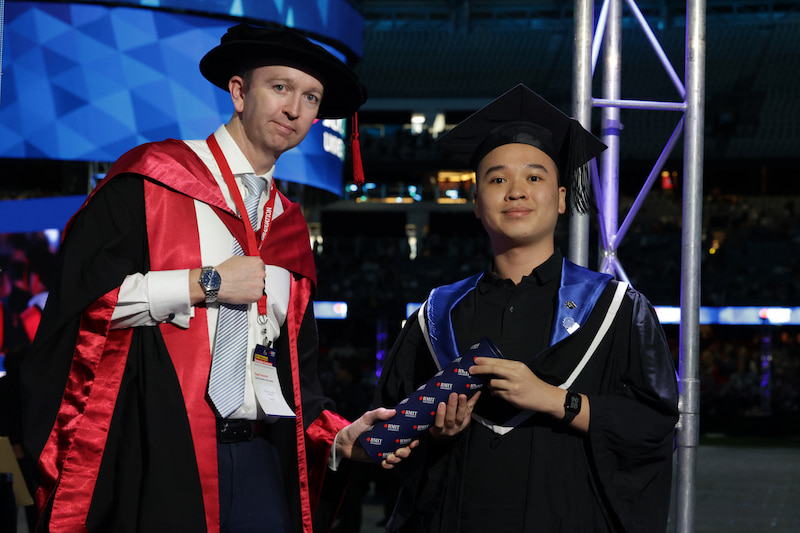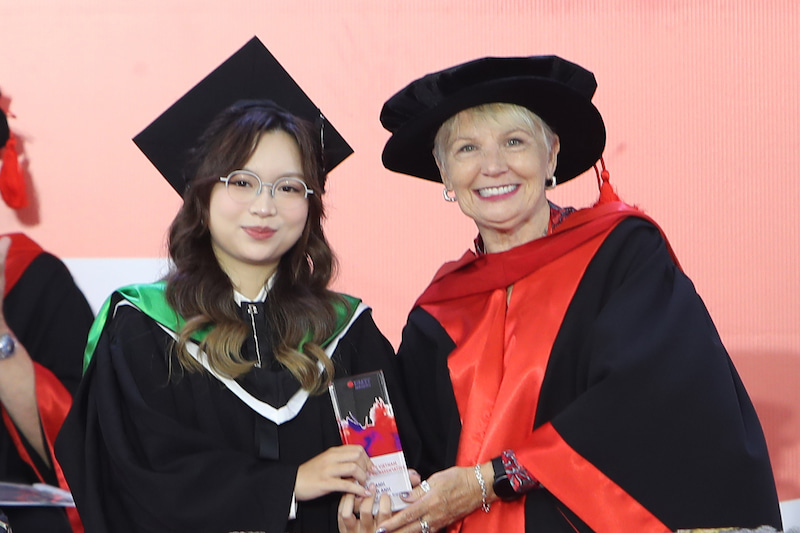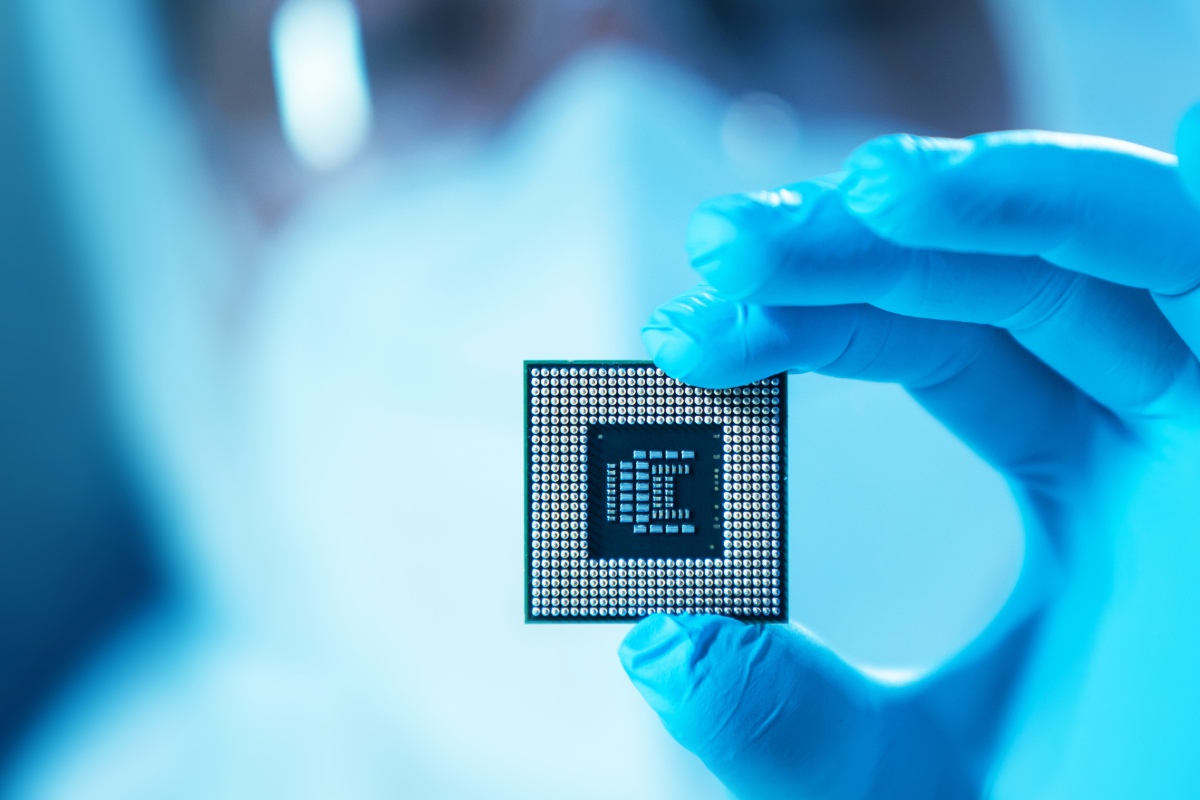Chàng tân kỹ sư phần mềm bước từ phòng lab ra thế giới
Hồ Lê Minh Thạch chưa bao giờ nghĩ rằng có ngày mình trở thành một kỹ sư phần mềm, song chính nền tảng kiến thức vững chắc có được từ RMIT Việt Nam và trải nghiệm với khóa học về khoa học máy tính của Harvard đã dấy lên đam mê lập trình và tiếp thêm sức mạnh để anh theo đuổi sự nghiệp này.
Hành trình trưởng thành qua các cuộc thi của ba tân khoa RMIT
Bước ra khỏi vùng an toàn của lớp học để tranh tài ở các cuộc thi có thể là thử thách không nhỏ, nhưng giá trị mà sinh viên nhận được không dừng lại ở những chiếc cúp hay tấm huy chương.
Từ mơ hồ đến không gì có thể ngăn cản: Hành trình đầy cảm hứng của Võ Thanh Hoàng Anh
“Chỉ cần gió còn thổi, tôi vẫn sẽ tiến lên phía trước”. Những lời tâm huyết của cô Sinh viên tiêu biểu Khoa Khoa học, Kỹ thuật và Công nghệ Võ Thanh Hoàng Anh đã gói trọn hành trình chuyển mình đầy đặc biệt của cô gái trẻ.
Liệu ngành công nghệ Việt Nam có thể trụ vững trước cú sốc thuế quan từ Hoa Kỳ?
Ngành công nghệ Việt Nam đã có một thập kỷ tăng trưởng ấn tượng, nhiều lần hưởng lợi từ căng thẳng thương mại giữa Hoa Kỳ và Trung Quốc. Song, thế cân bằng đó đang dần thay đổi.





